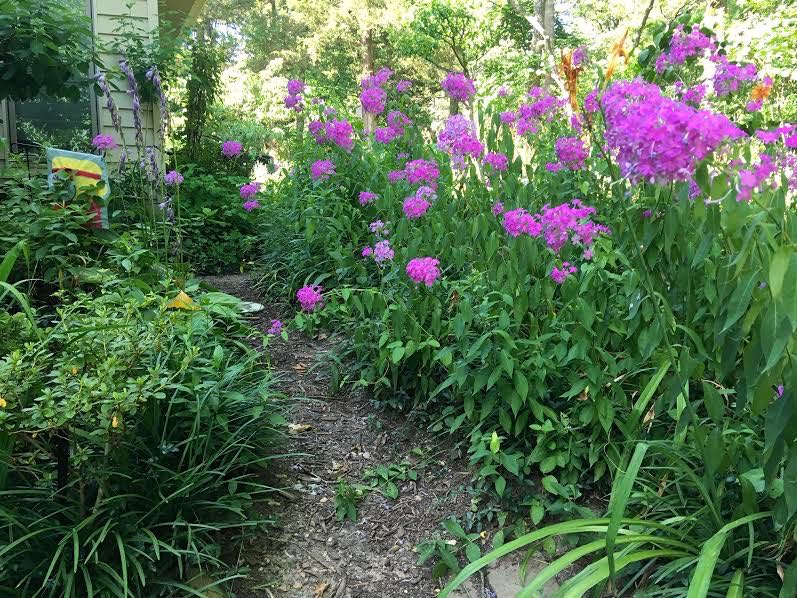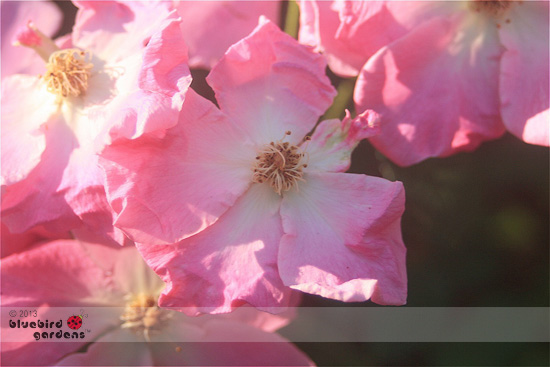Native Missouri Phlox
/I tried to get the phlox to grow on the left but it moved to the right. Oh, well! (Photo by Charlotte Ekker Wiggins)
Native Missouri Pink Phlox
If there is one flower that represents a Missouri summer to me, it’s phlox Phlox paniculata. One of Missouri’s native wildflowers, the pink phlox is a smorgasboard for pollinators, especially butterflies and hummingbirds and benefit clearwing moth pollinators.
The plant itself is hardy and grows almost anywhere on my Missouri limestone hillside, except sometimes where I want it to grow. Nevertheless I leave it where it settles; sometimes nature has a much better idea of garden design than I do!
They prefer wet, moist conditions and grow in full sun to part shade in average to moist soil. Allow for ventilation to prevent miidew.
Pink phlox flower heads are tiny flowers growing together. (Photo by Charlotte Ekker Wiggins)
Many years ago I was tempted to buy some of the hybrid phlox varieties on the market. After doing some research, I found out the hybrids have to be kept separate from other phlox or they will revert back to the original phlox - you guessed it, the native Missouri pink phlox.
I do have a couple of patches of pink phlox where the flowers have a white petal center but it is not easy to distinguish from the other pink phlox, which has a solid pink color through the flowers.
This batch of phlox has a white center but is very similar otherwise to my other phlox. (Photo by Charlotte Ekker Wiggins)
Native phlox can grow almost anywhere, from shady spots in front of my house to the full sun areas facing south.
They also have a tendency to spread so I transplant the ones in inconvenient locations in spring. Their starts are easy to distinguish from other plants by their pointed green spring leaves.
Butterflies are usually visiting this Missouri native phlox flower bed all summer. (Photo by Charlotte Ekker Wiggins)
Another advantage to native pink phlox is that it will continue to grow through the heat of August, keeping purple coneflowers and black eye Susans, also natives, company and providing my garden some much needed color.
They also apparently provide good cover for birds nests.
A little bird’s nest was built in a native Missouri phlox bed in my garden. (Photo by Charlotte Ekker Wiggins)
I read they can be started from seed but I haven’t tried to do that. I suspect I am growing them from seed in my garden seeing how far and wide they have spread without my help. Based on that, I would say they are easy to start from seed.
They are also excellent cut flowers although I confess to feeling a little guilty of depriving butterflies and hummingbirds.
Only a little, I love having fresh flowers inside!
Charlotte


















